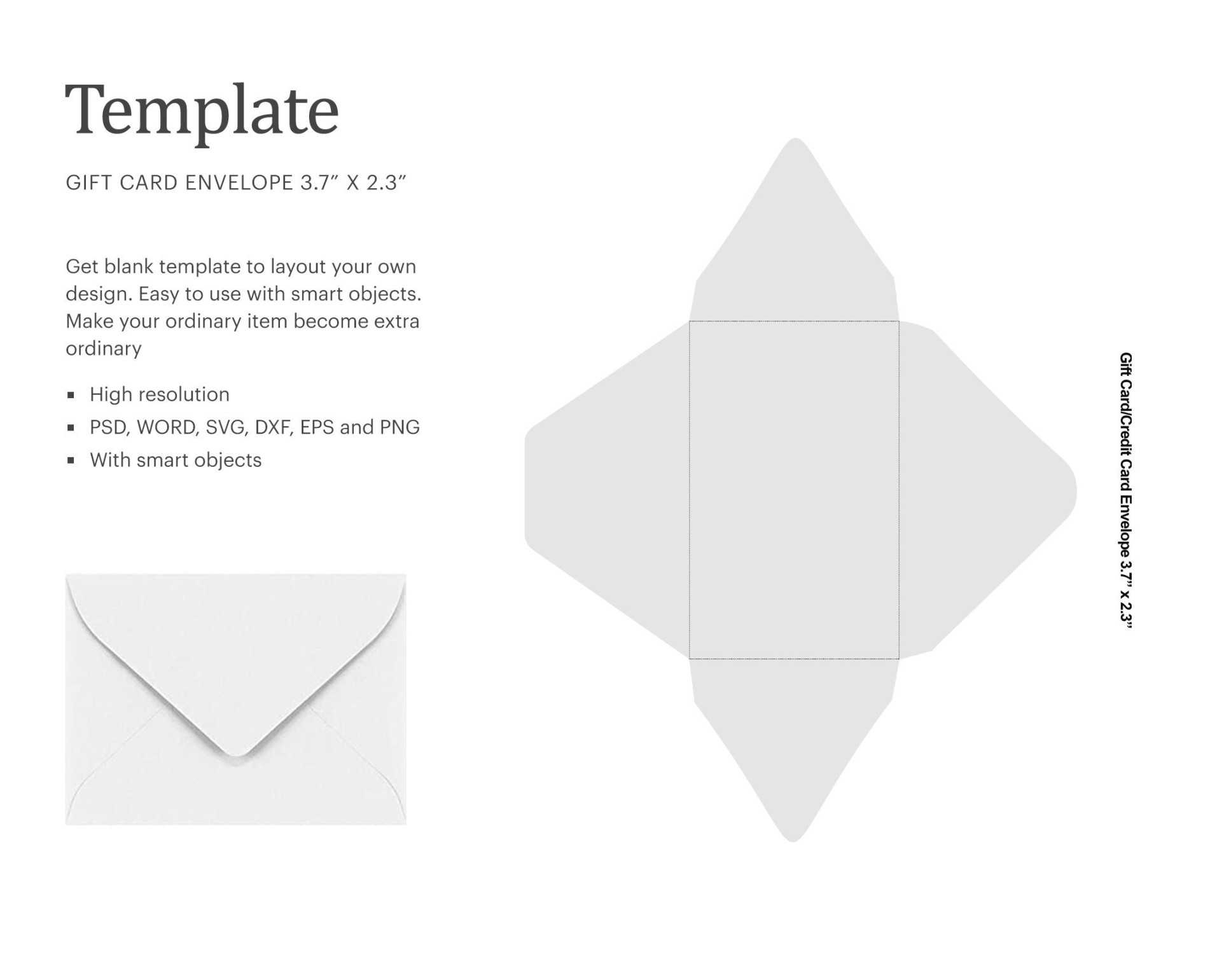Envelope templates are essential components of Card making, as they serve as the first impression and protect the delicate contents within. A well-designed envelope can elevate the overall presentation of your card, conveying professionalism and trust. In this guide, we will delve into the key design elements that contribute to creating professional envelope templates.
Paper Selection

The choice of paper significantly impacts the perceived quality and formality of your envelope. Consider factors such as weight, texture, and color when selecting paper. For formal occasions, opt for a heavier weight paper with a smooth finish, such as cotton or linen. Avoid using overly textured or patterned papers that may distract from the main content.
Size and Dimensions
The size of the envelope should be in harmony with the card it will contain. Ensure that the card fits comfortably inside without excessive space or being cramped. Standard envelope sizes for cards include A2, A7, and DL. Adhering to these standard dimensions will enhance compatibility with commercial cardstock and envelopes.
Layout and Design Elements
The layout of your envelope template should be clean, uncluttered, and easy to read. Consider the following design elements:
Alignment: Maintain consistent alignment throughout the envelope, using either left, right, or center alignment. This creates a sense of order and professionalism.
Enclosures
If your card contains multiple enclosures, clearly indicate their presence on the envelope. Use phrases such as “Enclosure” or “Enclosures” followed by a brief description of the contents. This helps recipients anticipate the enclosed items and prevents confusion.
Addressing and Sealing
The addressing and sealing of the envelope are crucial aspects that contribute to the overall presentation. Use a clear and legible font for the address, ensuring that it is centered and placed appropriately on the envelope. Consider using a return address label for convenience and consistency. Choose a sealing method that is appropriate for the occasion and complements the envelope’s design.
Customizations
While adhering to standard design principles is essential, customization can add a personal touch to your envelope templates. Consider incorporating elements such as monograms, custom logos, or decorative flourishes that reflect your unique style. However, ensure that any customizations do not compromise the overall professionalism of the envelope.
By carefully considering these design elements and tailoring them to your specific needs, you can create professional envelope templates that enhance the presentation of your cards and leave a lasting impression on recipients.